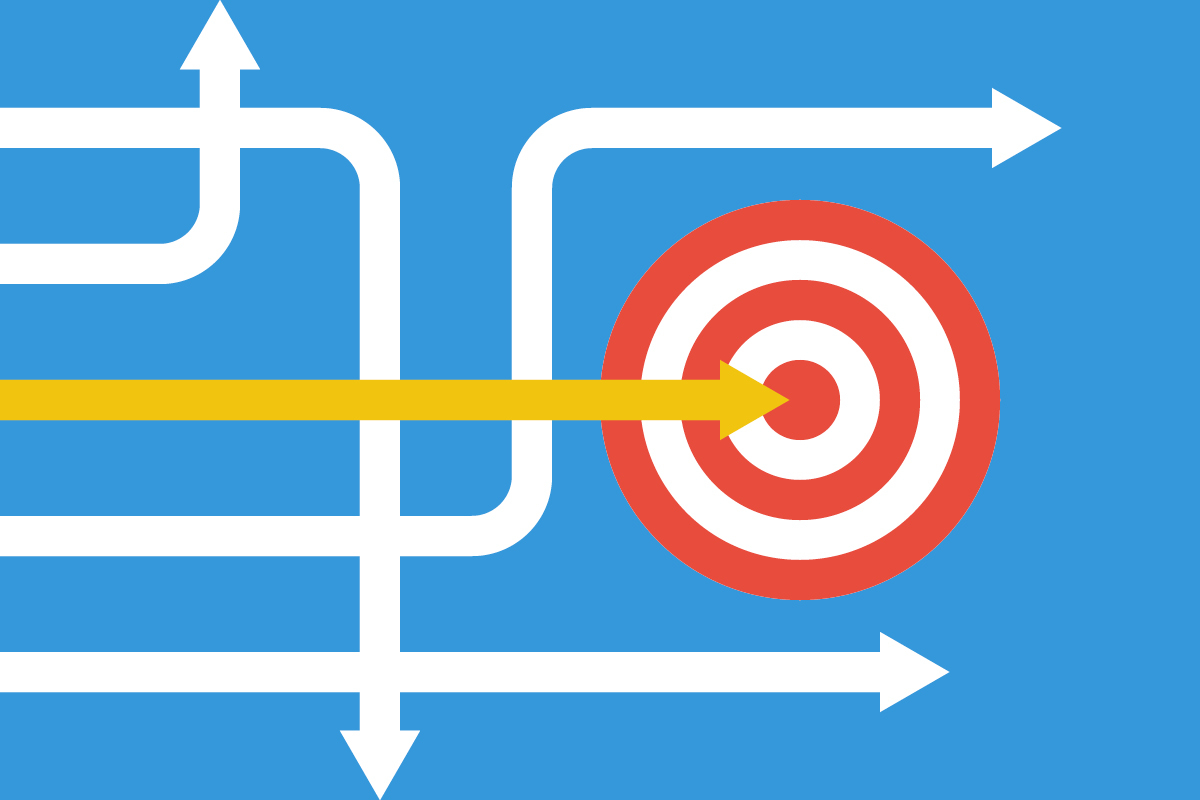
Sometimes it’s easy to discount the need to do research for a client assignment. Often, both client and agency teams feel they have a good understanding of the product benefits. Or, the creative team may cringe at the thought of their ideas being tested. But ask the question … are you sure you truly understand the customer’s perception or what may best resonate?
- Is your knowledge directly from the customer or consumer?
- Have you filtered out your perceptions?
- The world is changing rapidly and so do perceptions. Is your information relevant or timely enough?
- Long time assumptions can be wrong. Have you challenged those assumptions recently?
- Have you considered that research learnings can actually be a catalyst for brilliant creative?
What’s important About Research?
The critical importance of research is that you’re able to apply it to a real-world application. Research can be used for learning something or it can be used to confirm beliefs. Often times, research is used to mitigate risk - the risk of doing something incorrect or being ineffective.
Compelling creative has to be based on a relevant insight. If your insight is wrong, your creative won’t resonate with the audience, no matter how clever or well-designed it might be.
Quantitative Research Can Cast a Whole New Light
After 30 years in the advertising business, I’ve learned that we can be very myopic. Clients and agencies alike are so embedded in their own business, it’s truly hard to be objective. And we all think we’re pretty smart, but that can make us blind sometimes to the obvious.
For example, one of our clients, after 15 years of marketing a product, felt they had a strong grasp of the challenges in the marketplace and we agreed with the learnings. We thought the problem was just the “old school” marketing tactics that were used and the website needed to be more user friendly. All the marketing insights the client shared with us made sense; therefore, nobody thought to question them.
Focus groups were conducted primarily around vetting new brand names, but we added some additional questions to gain greater context. We started to unpack a few new tidbits, though it wasn’t until we did a wave of quantitative research that we learned some of our core assumptions were incorrect. The marketplace had changed, and some fundamental assumptions were wrong. Our marketing materials weren’t focused on the right insight. Our messaging priorities were in the wrong order. Those marketing dollars would not have been as effective had we not challenged our assumptions, and our creative would not have been as engaging without the insight we learned from doing our due diligence with research.
Focus groups can be used very effectively and can provide a wealth of knowledge. They can help uncover the why. Just remember though, since the sample size is small, sometimes the findings can vary greatly and not be representative of the whole. There are lots of options to find affordable methods for quantitative research, such as adding questions to Gallup Polls, partnering with research firms who are tied in with robust databases through TV viewership and exploring options with publishers to name just a few.
Bottom line: Question your assumptions. It’s a good practice in an ever-changing world. The risk in not challenging your assumptions is that your marketing dollars may not be nearly as effective as they could be. And, quite frankly, you may not be as in tune with your target as you think you are.
